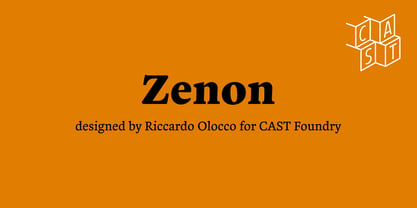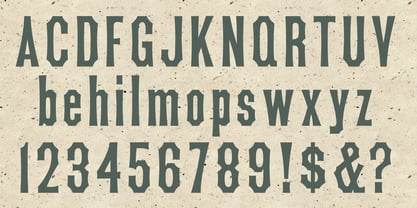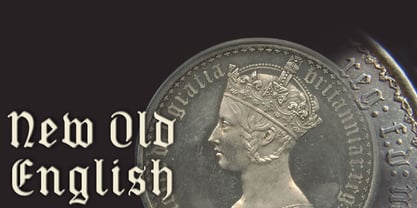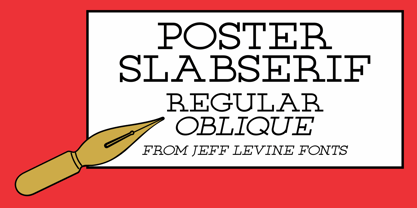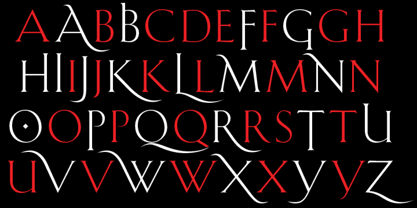10,000 search results
(0.042 seconds)
- Lady Ice Revisited - Unknown license
- Luteous Aublikus - Unknown license
- Futurex Aurelius - Unknown license
- Sackers Roman by Monotype,
$29.99 - Sackers Solid Antique Roman by Monotype,
$29.99 - Sackers Script by Monotype,
$40.99 - Sackers Classic Roman by Monotype,
$29.99 - Benton Sans Std by Font Bureau,
$40.00 - Warp Three NF by Nick's Fonts,
$10.00 - ‘DragonForcE’ - 100% free
- Nightbird - Personal use only
- Argor Got Scaqh - 100% free
- Fangtasia - Personal use only
- Sleepy Hollow 2.0 - Unknown license
- Plakat-Fraktur - Unknown license
- Rammstein - Unknown license
- Metal as in Heavy - Unknown license
- Grave Digger - Unknown license
- Killigrew - Unknown license
- Nosferatu - Unknown license
- VladTepesII (Vlads Dad) - 100% free
- Brothers of Metal - Unknown license
- CloisterBlack BT - Unknown license
- Dismembered - Personal use only
- Kingthings Xander - Unknown license
- Capitular Moldurada - Unknown license
- Luteous Industrious - Unknown license
- Luteous Maximus - Unknown license
- Print Clearly OT - Unknown license
- Luteous Viscous - Unknown license
- Luteous Exodus - Unknown license
- Zenon by CAST,
$50.00 - MPI Tuscan Extra Condensed by mpressInteractive,
$5.00 - New Old English by K-Type,
$20.00 - Poster Slabserif JNL by Jeff Levine,
$29.00 - Pecot - Unknown license
- Lady Ice - 3D - Unknown license
- Wittenbach by Scriptorium,
$18.00 - Shàngó by CastleType,
$59.00 - Zauberer by Scriptorium,
$24.00


























